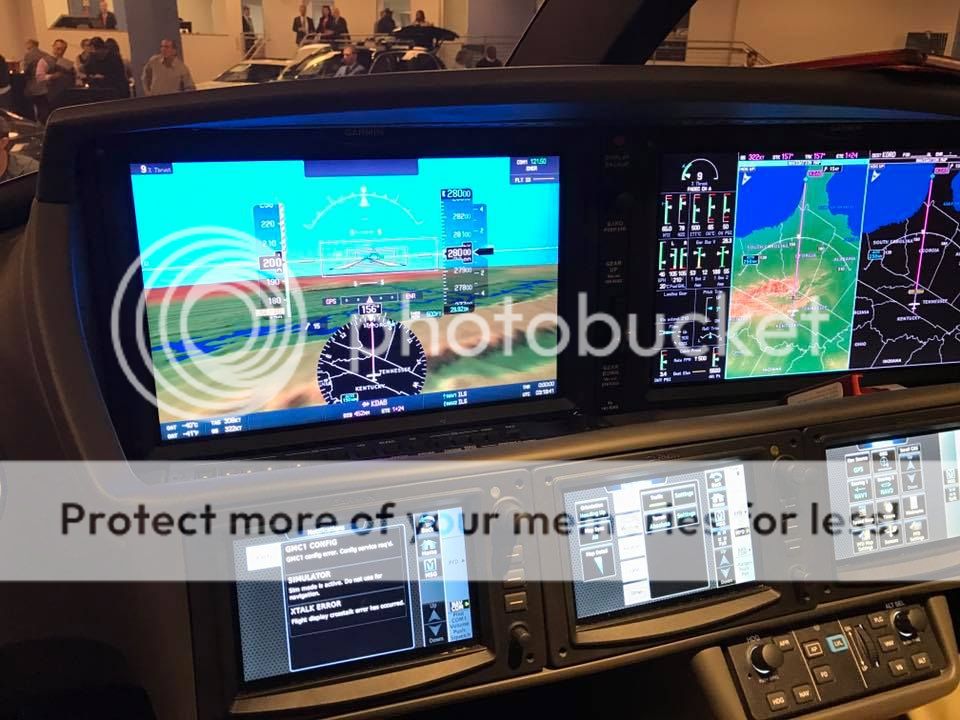Rockymountain
Pre-takeoff checklist
Ok, so how much is a Meridian to operate from your perspective? Significantly more than a Malibu?
Here is something that I never believed, but many on MMOPA that stepped up from the Malibu or Mirage to the Jetprop or Meridian told me. The cost of operating the turbine P46 all in, is about the same as the piston PA46. Most increase in fuel usage is offset in higher ground speed and cheaper jet A, maintenance tends to run a little lower in the turbine, some think due to decreased vibration which tries to shake an airframe apart. That has been my experience as well. I have had 2 piston and 2 turbine P46's. My DOC's in the Meridian over 750 hours are in the $300/hr range, and that includes everything even magazine subscriptions. Where the difference lies is acquisition cost. Add 600K for a Jetprop or 1 mil to a Meridian for the acquisition cost of a similar year similarly equipped P46T. The biggest advantage though, is the bulletproof PT6, and maintenance free intervals between annuals.


